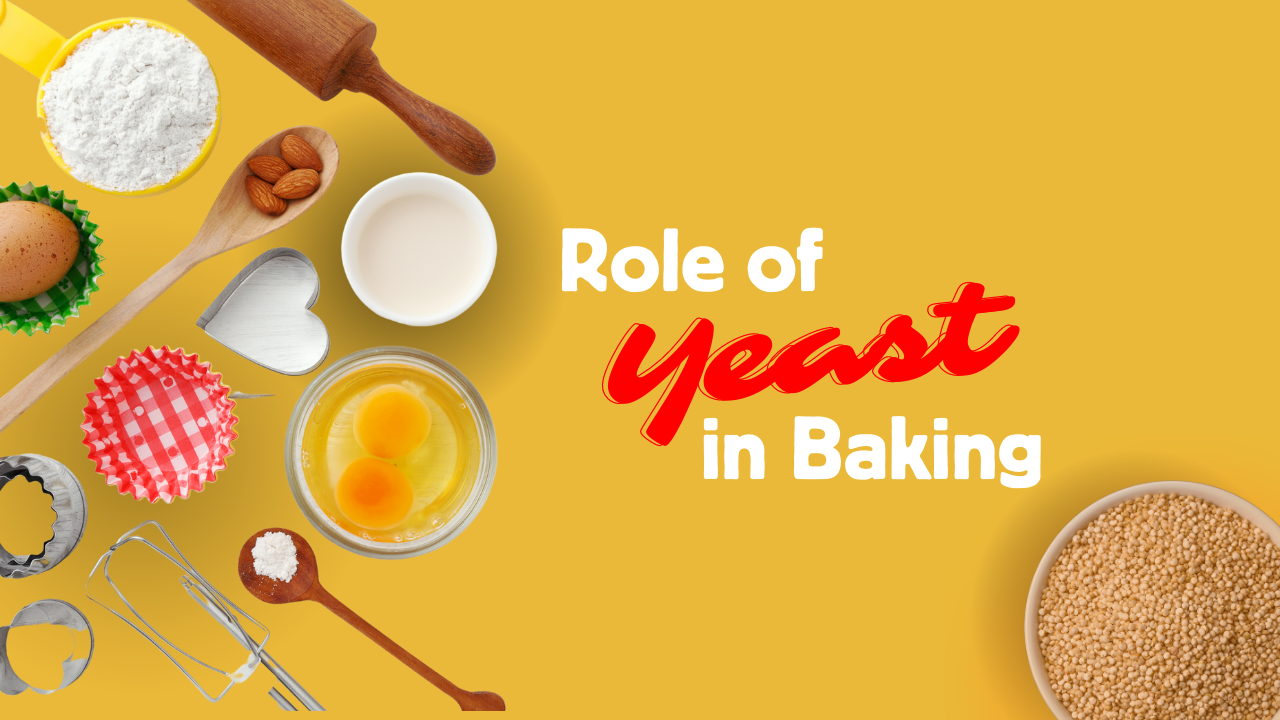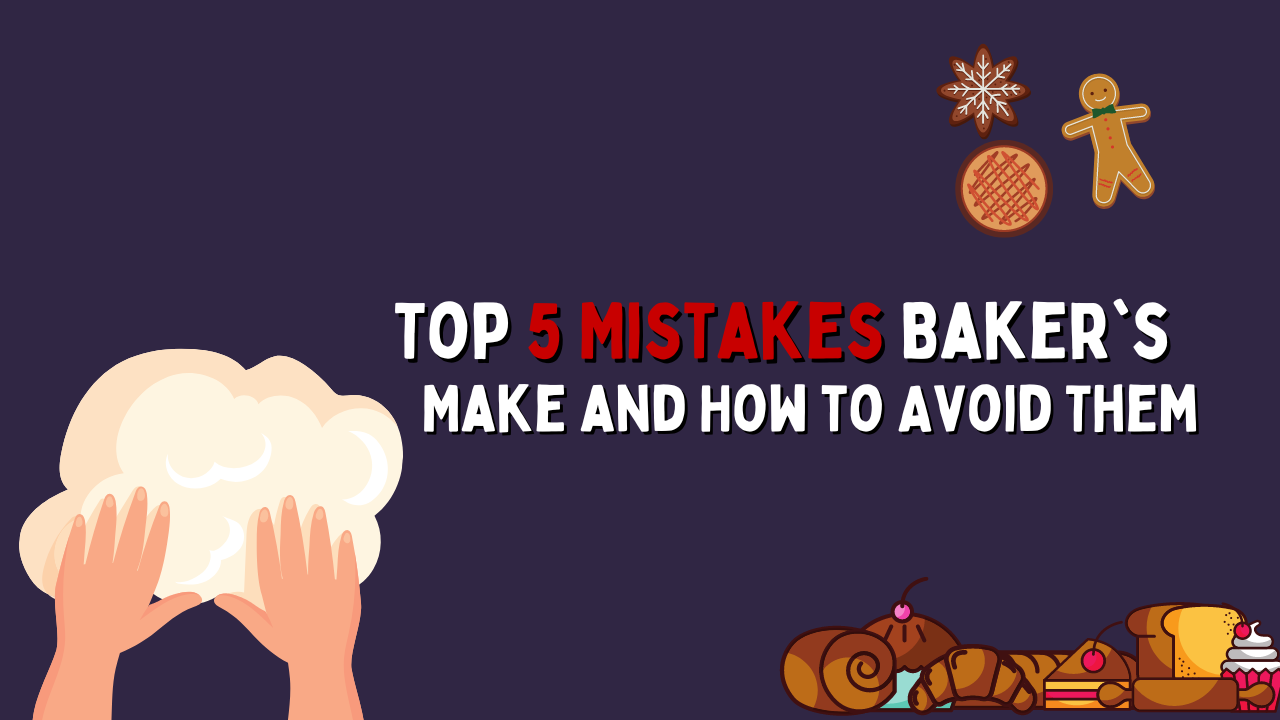
The Role of Yeast in Baking: A Beginner’s Guide
Baking is an art that combines science and creativity. While we often focus on the mouthwatering flavors and delightful textures of baked goods, it’s the unseen ingredient that holds a significant role in the process. We’re talking about yeast – the magical microorganism responsible for making dough rise and giving bread its airy structure. In this beginner’s guide, we will delve into the fascinating world of yeast and uncover its essential role in the baking process.
1. What is Yeast?
To understand the role of yeast in baking, we must first grasp what yeast is. Yeast is a single-celled organism belonging to the fungi family. It comes in various forms, with the most common one being Saccharomyces cerevisiae. This microscopic powerhouse feeds on sugar and converts it into carbon dioxide gas and alcohol through a process known as fermentation.
2. The Leavening Power of Yeast:
Yeast plays a crucial role in leavening, which refers to the process of dough rising. When yeast is combined with warm water and a food source like sugar, it becomes activated and starts feeding on the sugar. As it consumes the sugar, it releases carbon dioxide gas, creating bubbles that expand the dough. This trapped gas causes the dough to rise and gives baked goods their light and airy texture.
3. Different Types of Yeast:
There are various types of yeast available for baking, each with its unique characteristics and uses. Active dry yeast, instant yeast, and fresh yeast are the most commonly used varieties. Understanding their differences and knowing how to work with each type can significantly impact the success of your baking endeavors.
4. Activating and Proofing Yeast:
To ensure yeast is active and ready for baking, it needs to be activated and proofed. This process involves dissolving yeast in warm liquid and allowing it to rest until it becomes frothy. Properly activating and proofing yeast is vital to ensure optimal fermentation and rise in your dough.
5. Enhancing Flavor and Aroma:
Beyond its leavening properties, yeast also contributes to the flavor and aroma of baked goods. During the fermentation process, yeast produces alcohol and other flavor compounds that infuse the dough with a distinct taste and aroma. The type of yeast and fermentation duration can impact the final flavor profile, allowing for a range of delicious possibilities.
6. Tips for Baking with Yeast:
Working with yeast can be intimidating for beginners, but with a few essential tips, you can master the art of yeast baking. From choosing the right yeast for your recipe to ensuring proper proofing and rising, we will provide you with practical insights and techniques to achieve successful results every time. `
Conclusion:
Yeast is a true unsung hero in the world of baking. Its ability to transform simple ingredients into delectable baked goods is truly remarkable. As you embark on your baking journey, understanding the role of yeast and mastering its techniques will unlock a whole new level of culinary delights. So, go ahead, experiment with different yeast varieties, and let the magic of fermentation elevate your baking creations to new heights.
At Khera Trading Company, we offer a wide range of high-quality yeast products to support your baking endeavors. Explore our selection of premium yeast and embark on a flavorful journey of baking excellence. Happy baking!



Add a review
Your email address will not be published. Required fields are marked *